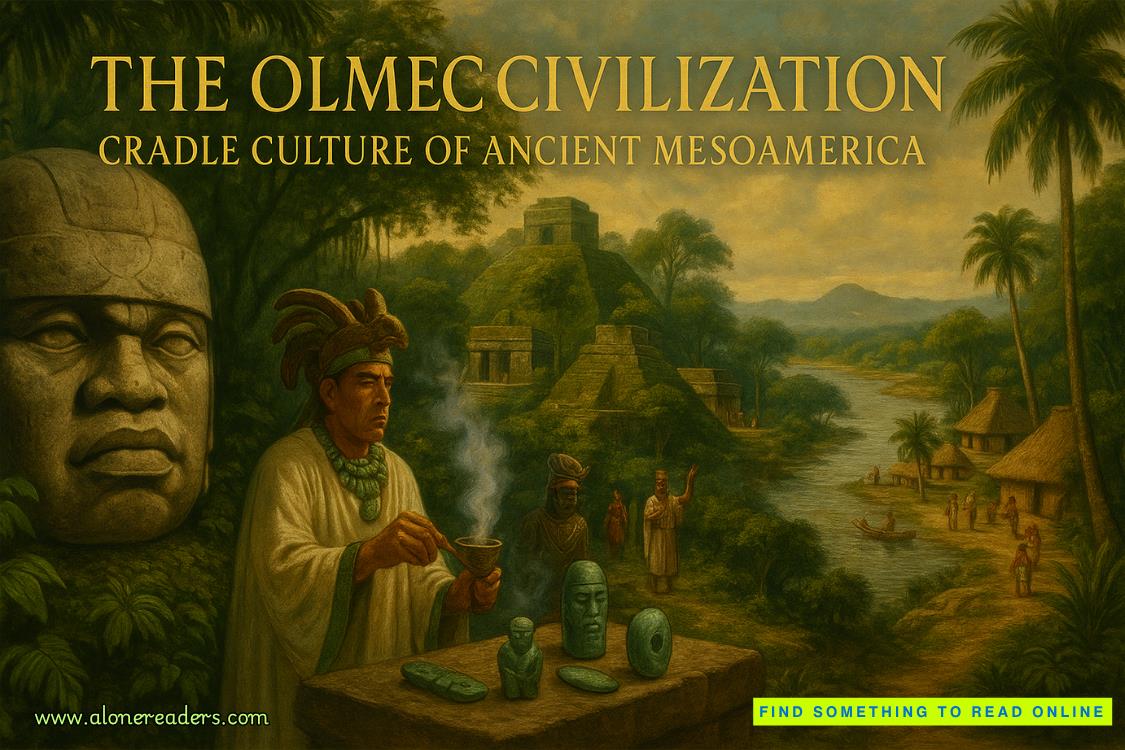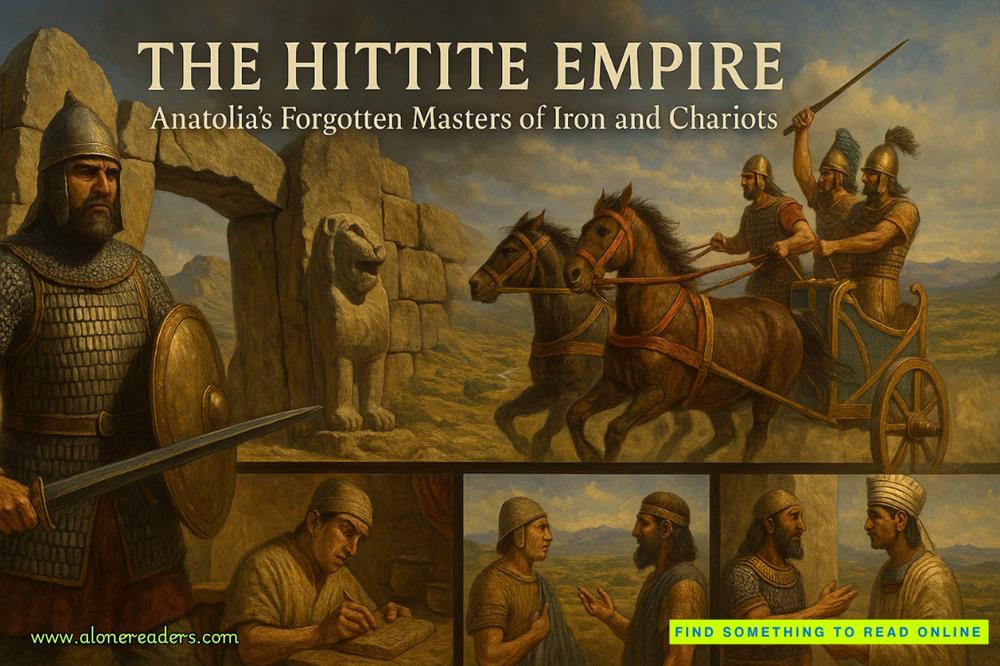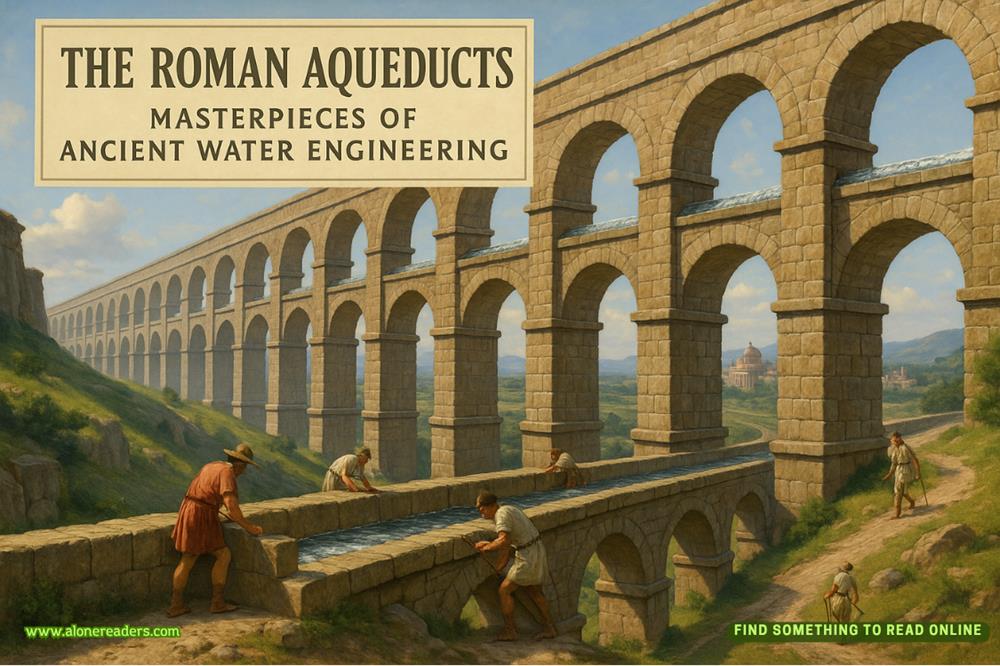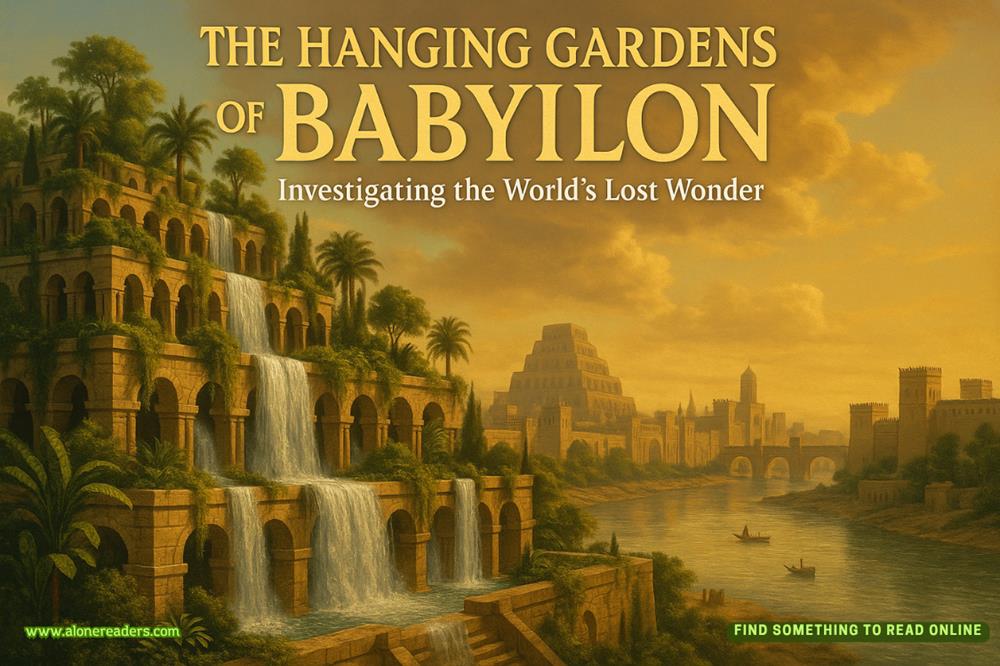Page 36 of The Angel Maker
Laurence nodded in thanks and then stood up and walked toward the door. As he did so, Nelson came out from behind his desk.
“Do you really think this has anything to do with what happened to Professor Hobbes?”
Laurence hesitated.
Most likely not, he thought. At the same time, he thought about Laplace’s demon. He couldn’t shake what he’d been told yesterday and had been lingering in his mind ever since—that from his behavior, it appeared Alan Hobbes had known his death was coming before it arrived.
But if that were true, why had he done nothing to avoid it?
“I don’t know,” he said. “But thank you for taking the time to talk to me.”
As he opened the door, the thought occurred to him.
Although I suppose you didn’t have a choice, did you?
Thirteen
Katie slowed the car as she reached the bewildering network of road names around the university campus.
There were Victorias and Alberts here, Edinburghs and Georges—and for each of those there were Streets and Avenues, Groves and Terraces. The redbrick buildings were tall and thin, packed in tightly together. Most were student houses, but some had been bought up by different faculties, the former living rooms converted into receptions, and the twisting staircases leading up to old bedrooms that had been transformed into makeshift offices and workspaces.
A few minutes later, she found the correct road and parked outside a house that, at first glance, was indistinguishable from its neighbors. She slipped her phone into her pocket, then got out of the car, opened the gate, and made her way up the overgrown garden to the front door.
There was a panel of buttons on the wall there, one for each of the six apartments within. The scrawl next to number six was almost illegible, but when she squinted more closely she could just about make out Alderson’s name. Instead of pressing the buzzer, she tried the door handle—and was almost surprised when it turned. The front door opened inward with a creak. She stepped inside and closed the door quietly behind her.
A drab, dark corridor. The floorboards were bare and the walls had beenmostly stripped of paper. There were two closed doors ahead, one on either side, and a staircase leading up a little farther on.
She headed across and up.
The first floor smelled of wood and paint. Again, there were two doors. The one on the right-hand side was slightly ajar, and she could hear the sound of a radio coming from within, along with someone whistling to themselves. She crept past quickly. There was another staircase at the end of the corridor. She made her way up to the second floor. The corridor here ended at a door open onto a small, grimy-looking toilet that didn’t appear to have been cleaned in a long time. The two other doors were both shut, but when she walked down to number six and tried the handle, she found this one was unlocked as well.
She stepped into the room and flicked the light switch.
Nobody here. It was about the size of a large bedroom, although it was obviously no longer intended to be used as one. James Alderson was an art student, and this was the studio space the university had provided him with to work. The bare floorboards were speckled with dry, crusted paint, and the only real furniture in the room was a table on which a board was balanced, with a spread of reference material beside it. There were tins of paint against the base of one wall, along with congealed trays and matted brushes and rollers. Stacks of canvases were leaning against one another.
But it was the far wall that caught her attention.
A single enormous canvas there stretched almost from floor to ceiling. It was composed of perhaps a hundred smaller paintings, and it was the colors and shades of each of those, taken together, that created the larger image that filled the canvas. There were a few empty rectangles—paintings that remained to be added, she assumed—but even in its unfinished state, she recognized what it was: the picture of Chris and James Alderson she’d found in her brother’s apartment. The one where the two of them were crammed in a photo booth with their faces pressed tightly together, both of them grinning and very much in love.
She walked across slowly.
As she did so, the overall image of Chris and Alderson dissolved, and it became easier to see the smaller pieces that made up the whole. She looked at the ones Alderson had used to create the illusion of his own face. From what she could tell, most of them appeared to be pictures of himself at various stages of his life, but there were several that depicted different people and places, and she had no way of knowing who they were or what they might mean.
But when she looked to the right, the smaller paintings that made up Chris’s face were immediately familiar. As with Alderson, there were pictures of him at different ages. A few that had clearly been taken recently were mixed in with images of him as a young man, a teenager, a little boy. Her gaze moved here and there, each image tugging at her memory. There were pictures of their parents. In one, they both looked so young, sostriking, that for a moment it was hard to believe it was really them.
And there were pictures of her.
Katie stared at those, feeling something between wonder and loss. There was one of Chris and her standing side by side as teenagers, a cake in the background. A birthday, she assumed—although whether hers or his, she couldn’t recall. Another showed the two of them as little children, squatting together on a beach, wearing matching sun hats and building a sandcastle. They were filling a bucket with their plastic spades, and Chris was grinning at the camera, his familiar floppy hair and guileless smile already present even as an infant.
There was the photograph Chris had printed on the jigsaw puzzle for their mother. The four of them standing outside her father’s shop, the picture taken when they had all been happy, just a few years before Michael Hyde had swerved his red car across her brother’s path and changed everything.
And Hyde was here too.
She recognized his face with a slight jolt. The painting Alderson had done was based on the photograph that had been used in the newspaper, which had been taken by the police after Hyde was arrested. It was thelocal paper, of course. Chris had survived the attack, and even with the injuries he’d suffered, his story hadn’t been deemed newsworthy enough to spread beyond the area.
She forced herself to look at Hyde. He had an ugly face—a mean one—but the expression on it here seemed lost and bewildered, as though he wasn’t quite sure what he’d done or why.
Katie leaned a little closer, peering at him.















